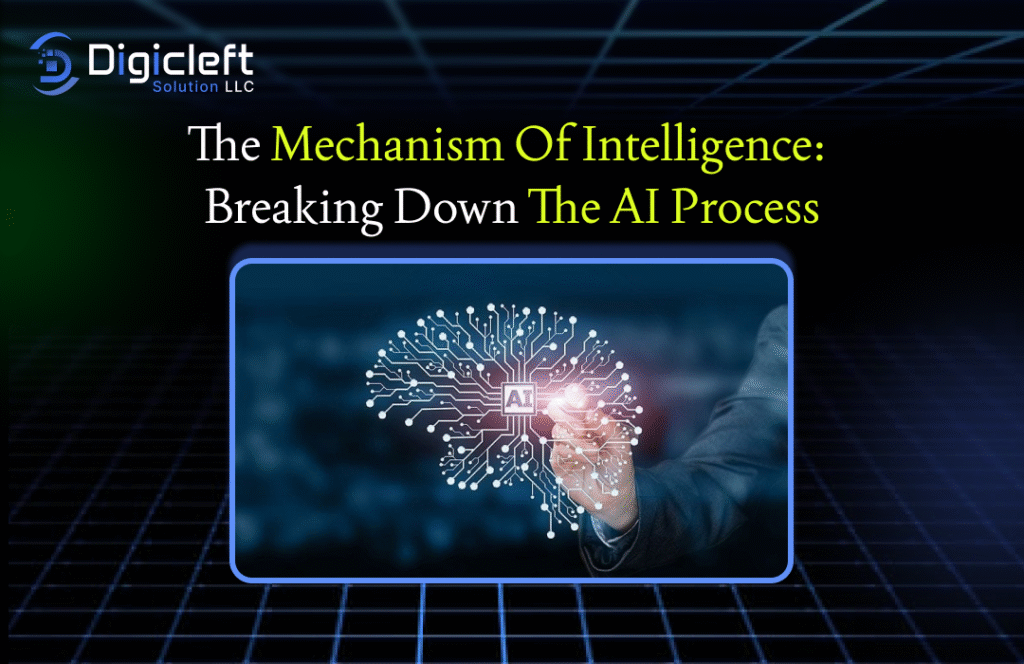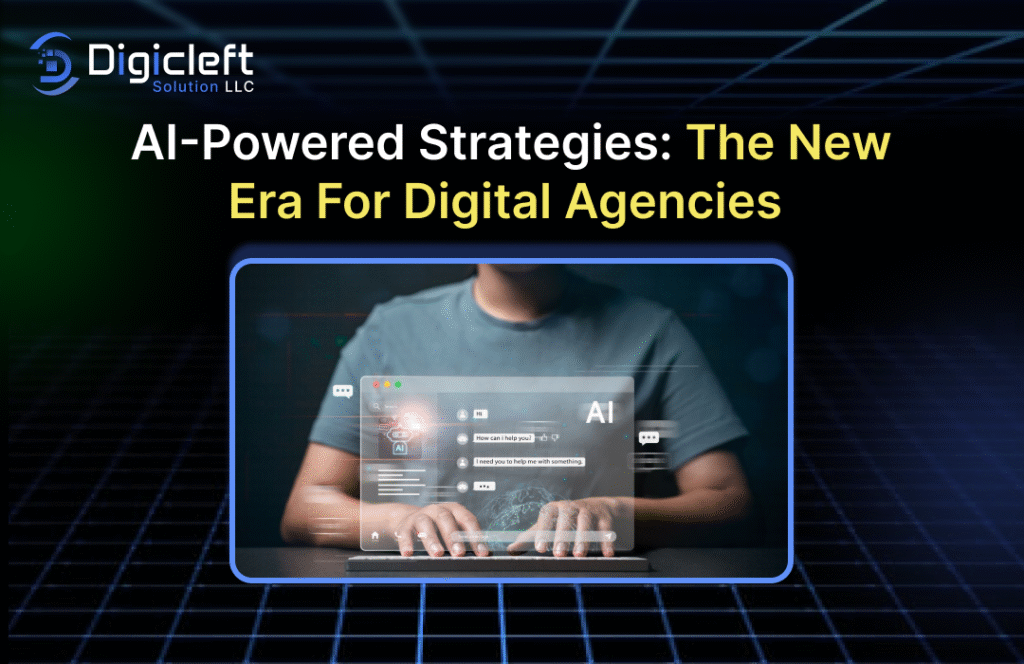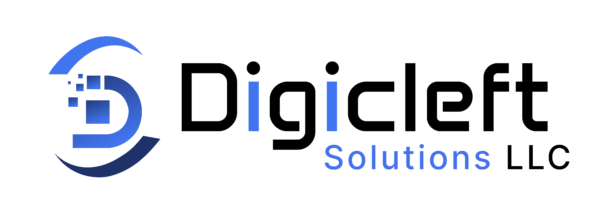
Introduction
Ever asked yourself how Artificial intelligence works? You’re not alone. Many people use terms like “machine learning” and “neural networks” today. However, how artificial intelligence works is often unclear. Let’s fix that.
This article is a simple, friendly guide to how Artificial intelligence works. It clarifies everything from raw data to decision-making.
➥ What is Artificial Intelligence, Really?
A Human-like Brain, but Digital
At its core, Artificial intelligence tries to mimic human intelligence. But instead of neurons, it uses data. Instead of feelings, it runs algorithms. Think of it like a super-focused cerebrum that can crunch numbers faster than you can blink.
Narrow AI vs. General AI
There are two major flavors of Artificial intelligence:- Narrow Artificial intelligence: Good at one thing. (Example: Siri or Netflix recommendations)
- General Artificial Intelligence: Hypothetical. Smarter than us at everything. Not here… yet.
Examples You Already Use Daily
Artificial intelligence isn’t sci-fi—it’s Wi-Fi. If you’ve used:
- Google Search
- ChatGPT
- Spotify suggestions
…then congrats, you’re already working with AI.

➥ Core Components of the AI Process
Data – The Fuel of Artificial intelligence
Artificial intelligence without data is like a car without gas. The more (and better) data it has, the smarter it becomes.
Algorithms – The Brain Behind the Machine
Algorithms are sets of rules. They help Artificial intelligence learn patterns, make predictions, and adapt. It’s like teaching a toddler with infinite memory.
Computing Power – The Muscle That Runs It All
Artificial intelligence needs serious hardware to run all those complex calculations. GPUs, TPUs, and cloud servers are the gym where Artificial intelligence builds its strength.
➥ The Step-by-Step Artificial intelligence Workflow
Step 1: Data Collection
Everything starts with data—text, images, audio, you name it. This data is gathered from websites, sensors, apps, and more.
Step 2: Data Preprocessing
Raw data is messy. So, we clean it, remove errors, and format it. Think of it as washing vegetables before cooking.
Step 3: Model Selection
You don’t use a hammer for every job. Likewise, you pick the right Artificial intelligence model based on the task—classification, prediction, generation, etc.
Step 4: Training the Model
This is where the magic begins. The model “learns” from the data by identifying patterns, adjusting weights, and minimizing errors.
Step 5: Evaluation and Testing
You don’t launch an app without testing, right? Artificial intelligence models go through accuracy checks to ensure they’re making the right calls.
Step 6: Deployment
The instruction model gets integrated into apps or systems, like your favorite chatbot or e-commerce engine.
Step 7: Continuous Learning
Artificial intelligence doesn’t stop learning. With real-world feedback, it gets smarter over time. This is what makes Artificial intelligence so powerful.
➥ Machine Learning: The Heartbeat of AI
Supervised vs. Unsupervised Learning
- Supervised Learning: Labeled data teaches the Artificial intelligence. Like flashcards.
- Unsupervised Learning: No labels. Artificial intelligence finds hidden patterns. Like detective work.
Deep Learning and Neural Networks Explained
Inspired by the human brain, neural networks are layers of math functions that process data. The deeper the network, the more abstract the understanding—like going from pixels to recognizing a dog.
Real-World Applications in 2025
From diagnosing diseases to optimizing ad campaigns, machine learning is everywhere, and growing fast.
➥ Natural Language Processing (NLP) Simplified
How Artificial intelligence Understands Human Language
Artificial intelligence breaks down text into numbers, identifies patterns, and predicts what you might say next. It’s not truly “understanding,” but it’s pretty convincing.
Chatbots, Translation, and Sentiment Analysis
NLP powers:
- ChatGPT-style conversations
- Google Translate
- Twitter sentiment tracking
It’s like giving machines the gift of gab.
➥ Computer Vision: Teaching Machines to See
From Pixels to Perception
Artificial intelligence looks at an image, breaks it into pixels, and processes it like a jigsaw puzzle. It identifies edges, shapes, and patterns to “see” objects.
Facial Recognition and Object Detection
Ever unlocked your phone with your face? That’s Artificial intelligence in action—spotting, matching, and verifying you.
➥ Generative AI and the Rise of Creativity
How Artificial intelligence Creates Art, Text, and Code
Tools like ChatGPT, Midjourney, and DALL·E use transformers (a type of model) to generate content. They learn from vast datasets to mimic creativity.
The Role of Transformers and GPT Models
Transformers allow Artificial intelligence to understand context. GPT (Generative Pre-trained Transformer) models use this to write everything from poems to software code.
➥ The Importance of Training Data
Garbage In, Garbage Out
Feed an Artificial intelligence bad data, and it’ll give you bad answers. It’s that simple.
Data Bias and Ethical Risks
Artificial intelligence trained on biased data can reinforce stereotypes. That’s why ethical Artificial intelligence requires diverse and clean datasets.
➥ Evaluating AI Performance
Accuracy, Precision, and Recall Explained
- Accuracy = How often it’s right.
- Precision = How many of the positives are true.
- Recall = How many of the true positives it found.
All matter—especially in fields like healthcare.
Why Testing Matters Before Launch
A buggy Artificial intelligence in a video game is funny. A buggy AI in a self-driving car? Not so much.
➥ Artificial intelligence in Action: Industry-Wise Breakdown
Healthcare, Finance, Education, and Retail
- Healthcare: Diagnosis, treatment plans, drug discovery.
- Finance: Fraud detection, trading bots.
- Education: Personalized learning.
- Retail: Recommendation engines.
Automation vs. Augmentation
Artificial intelligence isn’t always about replacing people. It often augments human skills, making us better, faster, and smarter.
➥ Challenges in Building Artificial intelligence
Data Scarcity and Quality Issues
Great Artificial intelligence needs mountains of clean data. That’s not always easy to come by.
Interpretability and Black Box Models
Some models are so complex, even their creators can’t fully explain why they make certain decisions. That’s a trust issue.
➥ Future-Proofing Your Career with AI Knowledge
Skills You’ll Need
- Critical thinking
- Data literacy
- Prompt writing
- A bit of coding (Python is gold)
Artificial intelligence Doesn’t Replace You—It Empowers You
The smartest workers of the future won’t fear Artificial intelligence—they’ll work with it.
➥ Conclusion
Artificial intelligence isn’t magic. It’s math, data, and design—working together to simulate intelligence. From simple recommendation engines to full-blown language models, the process behind the scenes is structured, logical, and fascinating.
And now that you know the mechanics? You’ve got the power to be part of it.
FAQs
➺ Can I build an Artificial intelligence model without coding?
Yes! Platforms like Teachable Machine and no-code Artificial intelligence tools let you build simple models visually.
➺ How much data do I need to train an Artificial intelligence?
It depends on the task. Some models need thousands of examples; others, millions.
➺ Is Artificial intelligence dangerous or helpful?
It’s both—depending on how we use it. That’s why ethics and human oversight matter.
➺ How does Artificial intelligence “learn” from mistakes?
Through a process called backpropagation. It adjusts its internal settings (weights) to reduce errors.
➺ What is the difference between AI and automation?
Automation follows rules. Artificial intelligence learns and adapts—that’s the big difference.
Start building smarter solutions today. Partner with Digicleft Solutions LLC for AI-driven transformation.


